You’ve visited Lhasa and Everest Base Camp. Awesome! But if you fail to experience the 3-day kora around holy Mt. Kailash. You’ve missed the most divine experience in Tibet. The classic Mount Kailash tour falls into three part: Lhasa to Shigatse; Shigatse to EBC and finally EBC to sacred Manasrovar and holy Mt.Kailash.
Unlike the celestial natural wonders you’ve seen from Lhasa to EBC, once you enter Ngari, the wild expanses of western Tibet. You are engulfed by the palpable sense of holiness. The thin air, serene Manasrovar and sublime Mt. Kailash heighten your feeling of the sacredness of this place. As you trek along with prostrating pilgrims in ancient pilgrimage route, you attain your inner peace and have dialogues with gods.
Mt. Kailash Small Group Tours
Touted as the most divine experience in Tibet, our classic Lhasa to Kailash group tour via EBC perfectly combines the sightseeing with religious pilgrimage. Be ready to drop your jaws upon seeing the sublime Mt. Everest and experience the spiritual 3-day kora around Mt. Kailash.
-
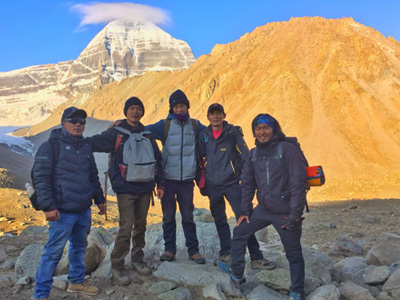
13 Days Lhasa Kathmandu Small Group Tour with Mount Kailash Trekking
Lhasa - Gyantse - Shigatse - EBC - Saga - Darchen - Kailash Trek - Darchen - Saga - Gyirong - Kathmandu
Only From: USD2069
View Details -
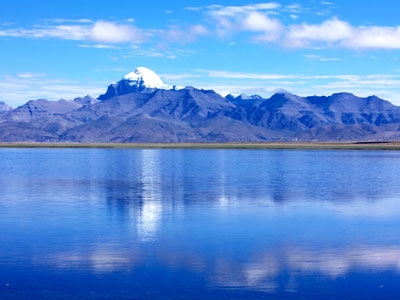
15 Days Tibet and Mount Kailash Small Group Tour
Lhasa - Gyantse - Shigatse - E.B.C - Lake Manasarovar - Kailash Trek - Saga - Shigatse - Lhasa
Only From: USD2069
View Details -
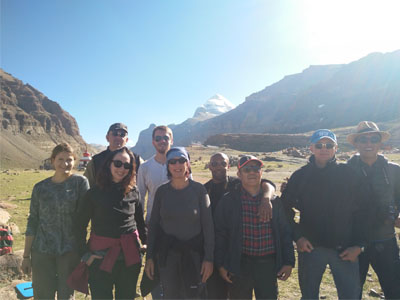
17 Days EBC Kailash and Guge Kingdom Small Group Tour
Lhasa - Gyantse - Shigatse - EBC - Saga - Darchen - Zanda - Kailash Trek - Darchen - Saga - Gyirong - Tingri - Lhasa
Only From: USD2299
View Details
Private Mt. Kailash Tours
Here you can find Mount Kailash tours customized per your schedule and altitude acclimatization. Besides the accommodation, you can choose partial or full-length Kailash Kora, and extend the tour to places you like.
-
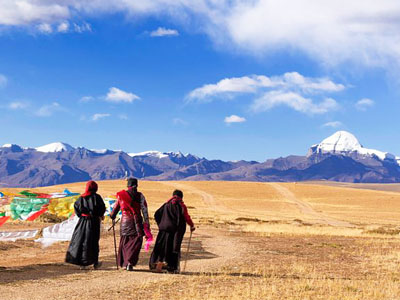 View Details
View Details13 Days Kailash Pilgrimage Tour from Kathmandu
Kathmandu - Gyirong - Saga - Lake Manasarover - Darchen - 3 Days Kailash Kora - Saga - Gyirong - Kathmandu
-
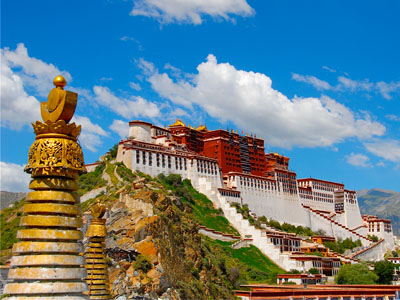 View Details
View Details14 Days Leisurely Mt. Kailash and Manasarovar Tour
Lhasa - Shigatse - EBC - Saga - Mount Kailash - Qugu Temple - Lake Mansarovar - Saga - Sakya - Shigatse - Lhasa
-
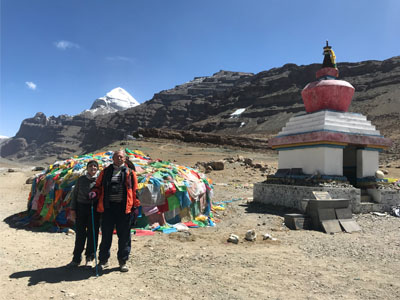 View Details
View Details15 Days Private Tour from Lhasa to Kailash and Manasarovar
Lhasa - Gyantse - Shigatse - Everest Base Camp - Saga - Darchen - Mount Kaialsh Trek - Darchen - Sakya - Shigatse - Lhasa
-
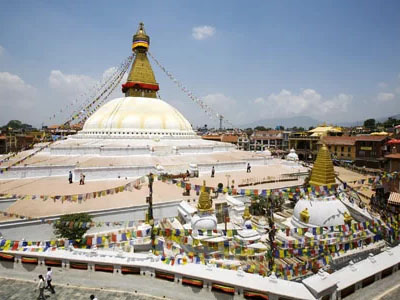 View Details
View Details15 Days Kailash Pilgrimage Tour from Kathmandu with Flight in and out of Lhasa
Kathmandu - Lhasa - Shigatse - Saga - Lake Manasarover - Darchen - 3 Days Kailash Kora - Saga - Shigatse - Lhasa - Kathmandu
-
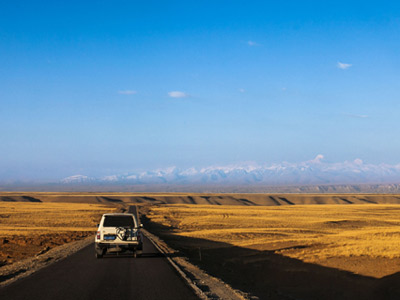 View Details
View Details15 Days Tibet to Xinjiang Overland Tour with Mt. Kailash Trekking
Lhasa – Shigatse – Saga – Lake Manasarovar – Mount Kailash Trekking – Zhada – Pangong Tso – Dahongliutan – Yecheng – Kashagar
-
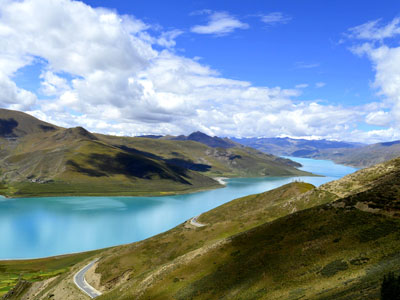 View Details
View Details16 Days Tibet Kailash Xinjiang Land Trip
Lhasa - Gyantse - Shigatse - Saga - Manasarovar - Darchen - 3 Days Kailash Kora - Guge Kingdom - Pangongtso - Dahongliutan - Yecheng - Kashgar
-
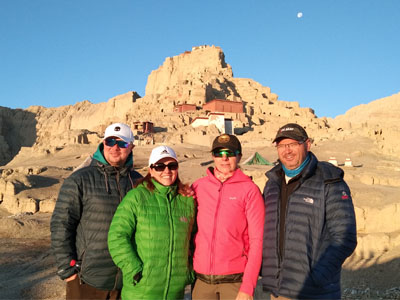 View Details
View Details17 Days EBC Kailash and Guge Kingdom Tour
Lhasa - Gyantse - Shigatse - EBC - Saga - Darchen - 3 Days Kailash Kora - Guge Kingdom - Manasarovar - Saga - Sakya - Shigatse - Lhasa
-
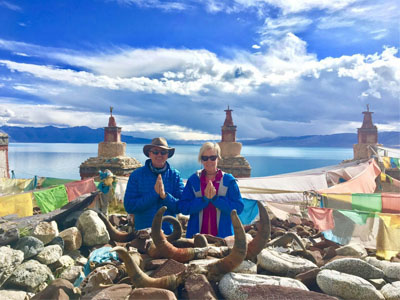 View Details
View Details19 Days Ngari Loop Tour with EBC Kailash Namtso
Lhasa - Mt. Everest - Saga - Manasarovar Lake - 3 Days Kailash Kora - Guge Kingdom - Shiquanhe Town - Pangongtso - Gerze - Namtso - Lhasa
-
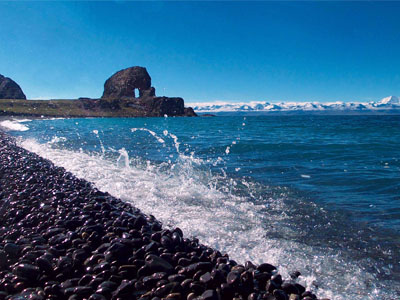 View Details
View Details22 Days Western Tibet Tour with Namtso Kailash from Kathmandu
Kathmandu - Lhasa - Namtso - Guge Kingdom - 3 Days Kailash Kora - Lake Manasarovar - Peikutso Lake - Saga - Gyirong Port - Kathmandu
-
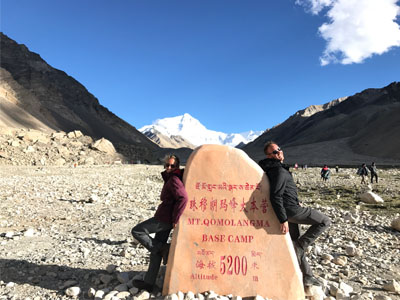 View Details
View Details22 Days Western and Northern Tibet Tour with EBC Kailash Namtso
Lhasa - Gyangtse - Shigatse - Mt. Everest - Manasarover - 3 Days Kailash Kora - Guge Kingdom – Shiquanhe Town - Gegye - Gertse - Nyima - Banger - Namtso - Lhasa
Kailash Group Tours with Tibet Train Experience
In addition, we also provide small group tour to Mt.Kailash with a scenic train ride from Xining to Lhasa. Never miss the highlights of Tibet train and utmost spiritual experience in Tibet.
-
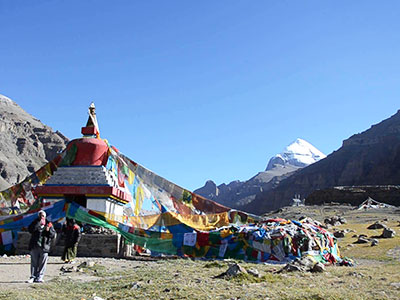
16 Days Kailash and Manasarova Small Group Tour by Tibet Train
Tibet train (from Xining) - Lhasa - Gyantse - Shigatse - EBC - Saga - Lake Manasarovar - 3 Days Kailash Trek - Saga - Shigatse - Lhasa
Only From: USD2136
View Details -
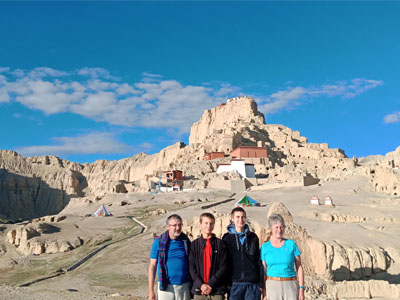
18 Days EBC Kailash and Guge Kingdom Tour with Tibet Train Experience
Tibet train (from Xining) - Lhasa - Gyantse - Shigatse - EBC - Saga - Darchen - Zanda - Kailash Trek - Darchen - Saga - Gyirong - Tingri - Lhasa
Only From: USD2285
View Details
Know before Your Tibet Kailash Tour
-
1. Where is Kailash parvat located?
Mount Kailash and Lake Manasarovar are respectively the scared mountain and holy lake in Tibet. The Mount Kailash, also famous as Kailash Parvat, is considered as heaven and the holy center of the world by many sects of Hinduism. It is located in the remote south-west corner of Tibet in the Himalayan Mountains, about 1200 kilometers from Lhasa, the provincial capital of Tibet. At the southern foot of the Mount Kailash located the Lake Manasarovar, which is the world’s highest freshwater lake, and one of the important pilgrimage destinations for Hindus and Buddhists. Every year, thousands of tourists and religious believers travel to Kailash and Manasarovar to experience a lifetime pilgrimage trip in Tibet.
-
2. What are the required travel documents for Mount Kailash Tours and how to get them?
Traveling to Mount Kailash in Tibet requires you to have certain permits and passes, as well as your visa, in order to get to Tibet and then on to the sacred mountain itself. Personal applications for the permits and passes required for Tibet are not allowed, and all your documents, except your main visa, will be obtained by us on your behalf. The first thing you need is the Tibet Travel Permit, which is obtained by us once you have booked your Kailash tour to Tibet. Using scanned copies of your passport and visa (if traveling from mainland China), we will make the application, and the processing takes around 30 days. This will be delivered to your hotel in China when you arrive, as it is required to get into Tibet as well as traveling in the area of Lhasa.
For travel outside Lhasa, and on to Mount Kailash in Ngari Prefecture, you will also need several other permits and passes. The second permit you need is the Alien’s Travel Permit, which is required for travel to the opened areas outside Lhasa, such as Mount Kailash and Mount Everest Base Camp. This is obtained by your guide once you get to Lhasa using your passport and Tibet Travel Permit. You will also require the Frontier Pass and Military Permit for the trip to Mount Kailash in Ngari Prefecture.
-
3. When is the best time to visit Mount Kailash and Lake Manasarovar?
The best times to travel to Mt. Kailash and Lake Manasarovar is from April to June and from around the middle of September to early October. In spring, the weather is considerably stable and mild, and tourists will have more chances to see clear views of Mount Kailash owing to good visibility. The summer season always comes with heaven rains, and will probably cause muddy roads or even debris blows, which are big obstacles for visiting the mountain areas in Tibet, like Mount Kailash. Autumn, on the other hand, is especially ideal for trekking in Kailash and Manasarovar, since the scenery of the place is fascinating at this time. While in winter season, it is difficult to access to Mount Kailash and Manasarovar, as the whole region will be covered with deep snow.
-
4. How about the road condition and distance from Lhasa to Kailash Manasarovar?
Among several ways to get to Mount Kailash, the most common is to travel overland from Lhasa to Kailash Manasarovar. From the east to the south-west, the distance from Lhasa to Kailash Manasarovar is quite long, about 1200 kilometers. However, the road condition of this route is rather good, as the majority of the road follows the well-paved G318 Friendship Highway, before turning northwest to Kailash. The most part of road is with asphalt covering, and there are some sections of gravel and dirt roads, after you leave the Friendship highway. But with gorgeous landscapes of lofty mountains, sparkling lakes, and hospitable Tibetan villagers, the route is worth the trouble.
-
5. How to take the Kailash kora?
Taking a Kailash kora is a once-in-a-lifetime accomplishment for many tourists, as the trek is hard and arduous, and is endowed with blissful religious meanings as well. As to Mount Kailash, there are two trekking routes, the inner kora and the outer kora. The inner kora route is always taken by Buddhists and can be completed in just one day. For ordinary tourists, it is recommended to walk around the outer route of Mount Kailash, as it gives a great view of the landscapes on the way.
The outer kora of Kailash trekking will need 3 days to complete for tourists with normal physical fitness. You will trek from the small village of Darchen to Drirapuk Gompa on the first day, passing by Lha-chu Valley, Chuku Monastery. And on the second day, you will head to Dzultripuk Monastery for the night stay after climbing through the Dolma-la Pass as the highest point during the trek. Then, the last day of your Kailash kora starts with gentle walk down through Dzong-chu Valley, until you finally get back to the initial point at Darchen.
-
6. How to acclimatize the extreme altitude during Mount Kailash Kora?
Mount Kailash lies in Ngari Prefecture in western Tibet, and stands at an elevation of 6,638 meters at its summit. The kora route around Mount Kailash, which is the main trekking route in the area, does not reach those heights, though at the highest point of Kailash Kora at Dolma La Pass, it does reach 5,636 meters above sea level. This is the highest pass reachable by foot in Tibet, and altitude sickness is a big issue when making the kora trek around the world’s most sacred mountain.
Acclimatization to high altitudes is first done in Lhasa when you arrive, and once you are on your way, you should be comfortable with the increased altitude. However, as the kora route heads to even higher altitudes, it is a good idea to acclimatize a little in Saga, the last decent town before Mount Kailash. Plenty of water and vegetables, with protein-rich foods is essential for good acclimatization, and you should refrain from strenuous exercise while your body adjusts to the higher altitude again.
On the kora route, you will reach the highest pass at Dolma La, but will not stay there, and will trek lower before stopping for the night, so your acclimatization in Saga should be enough. It is recommended when trekking at extreme altitudes to sleep lower than the highest point you reach during the day, and this is done at both sites where you will stop to rest along the kora trek.
-
7. What are the physical demands for Mount Kailash Yatra?
The Kailash Kora is one of the most demanding high-altitude treks in the world, despite only being three days of trekking. Starting at Darchen, to the south of the mountain, the trek covers a distance of 52 kilometers over the three days, and each day covers between 14 and 20 kilometers of trekking per day. At high altitudes, this is a tough trekking distance, but when trekking up the ascents of the Kailash Kora, it is even harder. The arduous trail is rocky and rough, and though there is now a defined trail around the mountain, thanks to the millions of pilgrims that have made the ritual kora trek over the centuries, rubble and rocks are still prevalent thanks to landslides and changes in the landscape.
You should be physically fit in order to complete this trek, and it is not recommended for novice trekkers due to the extreme altitudes and arduous trekking conditions. Even intermediate trekkers with a little high-altitude trekking experience may find it a hard trek to complete. The climb up to the highest point, at Dolma La Pass (5,638m), is hard and steep, and even a good experienced trekker can need trekking poles to help him reach the top.
-
8. Is there any age limit for Mount Kailash Kora?
While there is no real age limit for trekking the Kailash Kora, since it can be done by anyone who is physically fit enough to manage the demanding trail, it is not for children, and it is not suggested to bring kids below the age of 13-14 on the trek. The demanding terrain and high altitudes are detrimental to an adult with an average level of fitness, and for younger kids, it is not a good idea to subject them to such an environment.
As for the elderly, even people as old as seventy and above have taken the trip to Everest Base Camp, at 5,200 meters, so as long as there is no adverse medical history, such as strokes or heart disease, and you are physically fit enough to cover the distances required each day to get to the night’s stopping point, then there is no reason why anyone of any advanced age should be excluded from completing the trek. Many Tibetan pilgrims of advanced age come to the Kailash to make the ritual kora trek around the sacred mountain, some even walking across the plateau to get there.
-
9. What to eat during a Mount Kailash Trekking tour?
Food on the trek around Mount Kailash is likely to be limited, as it is hard to grow most crops in the west of Tibet due to the arid nature of the environment, and any vegetables that are found are imported from the east, often from Nyingchi or China. This makes them very expensive, so they are normally not found much. However, the food on the trail is adequate, as long as you like Tibetan mountain cuisine.
While the Tibetan cuisine can be a different experience, and is designed to give the maximum energy and protein for life on the high-altitude Tibetan plateau, it is not to everyone’s tastes, so if you are not an ardent lover of Tibetan cuisine, then it pays to bring your own food along for the trek. At the stop in Saga, you can stock up on dried fruits and nuts, biscuits, and chocolate for a fast energy boost on the trek, as well as packet foods and pot noodles, which can be adequate to sustain you during the trek around the sacred mountain.
-
10. Where to stay during the Mount Kailash Kora?
The kora starts at Darchen, at 4,675 meters above sea level, and your first night, before you set off, will be spent there. The small village has become a popular place to stay before beginning the trek for both tourists and pilgrims, and there are plenty of small hotels and guesthouses to cater to your needs, though they are a little basic. On the trek itself, you will stay at the monasteries of Drirapuk and Dzultripuk for the two nights on the trail, finishing at Darchen on the final day.
Drirapuk and Dzultripuk Monasteries both have very basic guesthouses, with simple wooden beds, no running water, and no heating at all. Sleeping bags are required, even when staying in the guesthouses, as it can get very cold at night in this area. Camping is another option while making the kora trek, and both monasteries have campsites below the buildings in which you can pitch your tents.
 BACK
BACK

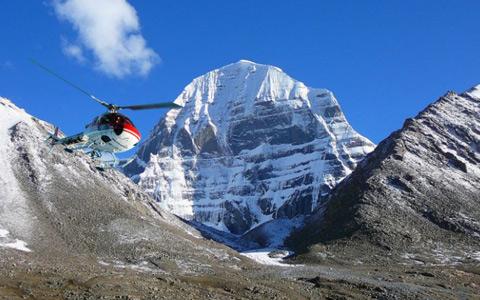
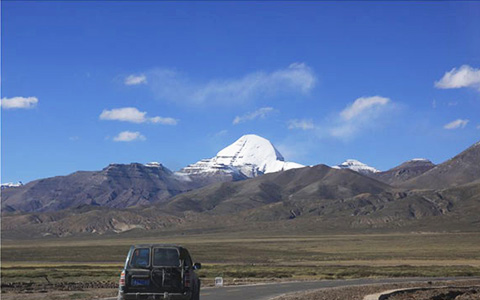
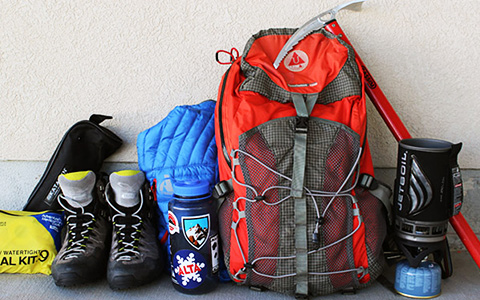
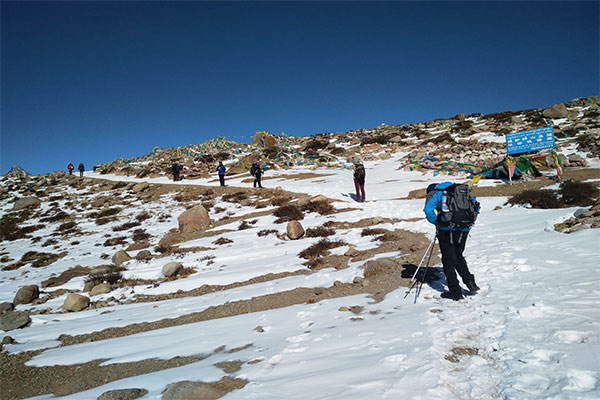
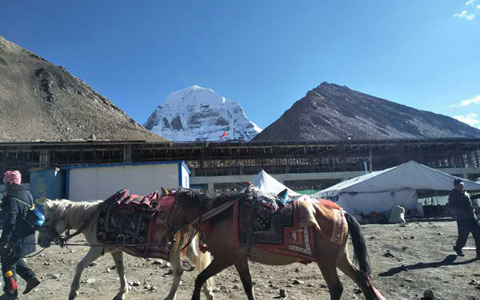
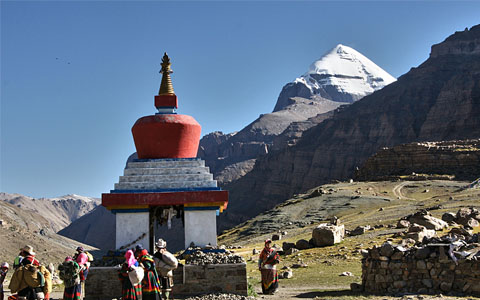
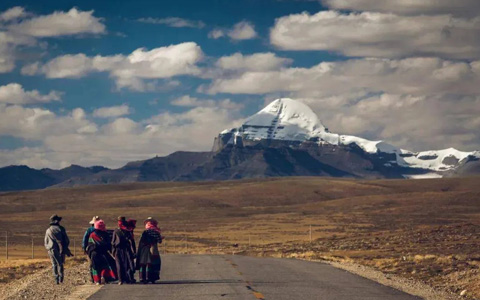
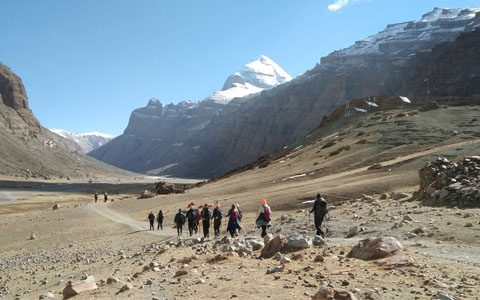
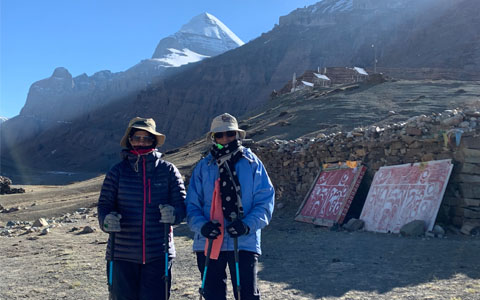
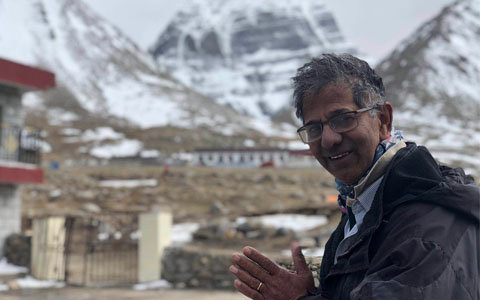
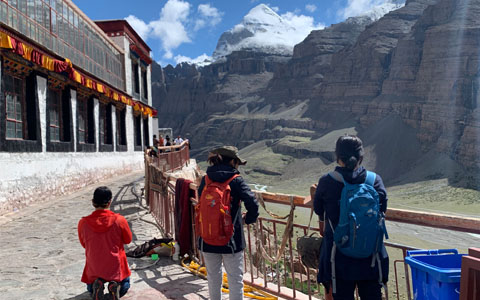
0 Comment ON "Tibet Kailash Tours"